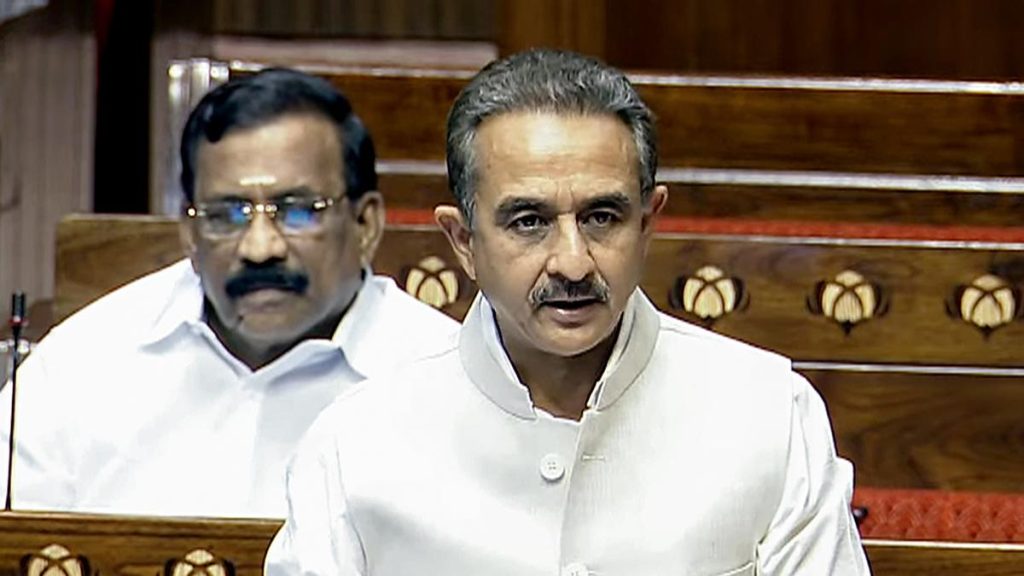Now Reading: Study: Existing Aircraft Can Support Solar Geoengineering
-
01
Study: Existing Aircraft Can Support Solar Geoengineering
Study: Existing Aircraft Can Support Solar Geoengineering

Rapid Summary
- Study Overview: New research published in Earth’s Future suggests that solar geoengineering, a planet-cooling strategy, could be implemented using existing commercial aircraft at lower altitudes.
- Technology Implications: Earlier studies indicated the need for specialized high-altitude airplanes; though, simulations now show low-altitude spraying could yield meaningful cooling effects.
- Key Data Point: Spraying 12 million metric tons of sulfur dioxide particles at 8 miles altitude and 60° latitude during spring/summer could cool the Earth by approximately 0.6°C (1.08°F).
- Effectiveness Comparison: The approach is about 35% as effective as high-altitude injections but still notable.
- Regional Variability concerns: Cooling effects are stronger near the poles than near equatorial regions, potentially leaving vulnerable tropical countries less protected from climate change impacts.
- Risks Highlighted: Potential side effects include disruption to ozone layers and precipitation patterns-critical concerns needing further inquiry.
- Expert Consensus: Geoengineering is not a substitute for reducing greenhouse gas emissions; it should be pursued cautiously with extensive research.
Indian Opinion Analysis
This study offers intriguing insights into the feasibility of solar geoengineering with current technology.For India-a tropical nation highly vulnerable to climate change-the disparities in regional benefits between polar and equatorial regions are especially important.If global discussions on geoengineering advance, India must prioritize advocacy for equitable solutions accounting for its geography and needs.
While promising in terms of technical readiness, this strategy emphasizes indirect consequences like potential damage to ecosystems or weather systems that could exacerbate challenges faced by agrarian economies like India’s. critically, over-reliance on such methods may weaken commitments to emission reductions under frameworks like the Paris Agreement-a key priority given the accelerated risks posed by rising temperatures.
Ultimately,India’s stance should focus on urging comprehensive international dialogue supported by rigorous scientific investigation before adoption while maintaining emphasis on direct climate interventions through sustainable practices domestically.
























